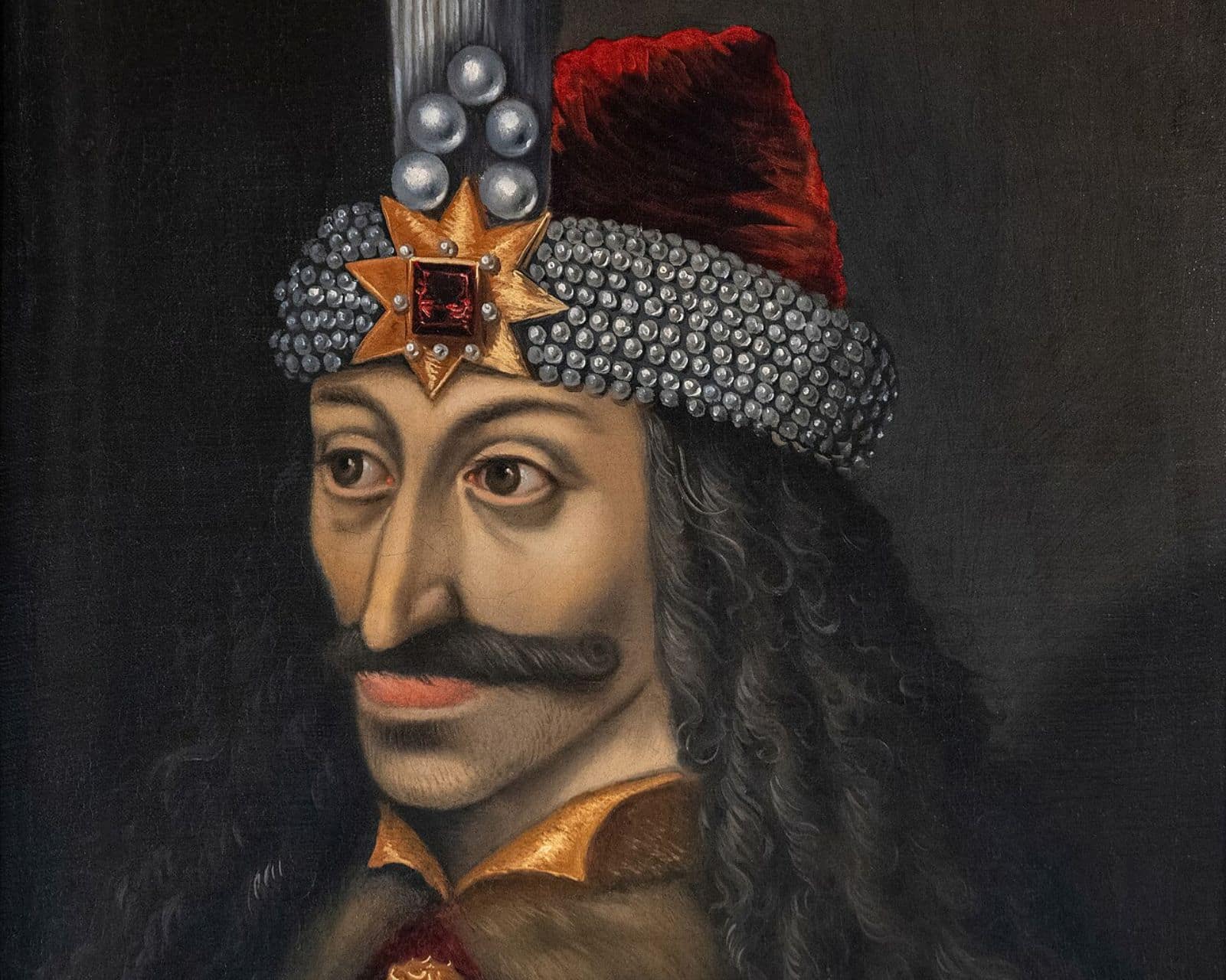

A centuries-old mystery may be closer to resolution after researchers decoded an inscription found in the historic heart of Naples. The newly deciphered inscription, carved into a tombstone, suggests that the figure known as Count Dracula may have been buried in a monastery in Naples, Italy, not in his native Romania, as long believed.
The Santa Maria la Nova complex, located in the old city center, is now at the center of the investigation.
Inside its Turbolo chapel stands a tomb that has drawn attention for years due to its unusual decorations, including a carved dragon and symbols linked to ancient Egypt. These visual clues first led researchers to propose, in 2014, that the tomb could belong to Vlad III of Wallachia, the man behind the Dracula legend.
The inscription, which may date back to the 16th century, has revived the theory that Dracula was buried in Naples after his death—a claim that many historians had previously dismissed.
Italian researchers, in collaboration with scholars from Tallinn, Estonia, believe the stone bears a tribute to Vlad III, who ruled in the 15th century and became known for his brutal methods of warfare.
Professor Giuseppe Reale, director of the Santa Maria la Nova complex, confirmed that new research from Romania supports the interpretation. In a statement to Il Mattino, he said, “It emerges that the mysterious inscription is an epitaph in praise of Vlad III of Wallachia, widely known as Count Dracula.”
Legend offers a different version of Vlad’s fate than the widely accepted account of his battlefield death. Some stories say the Ottoman Empire captured him, and his daughter Maria Balsa freed him later.
Nel cuore di Napoli, all’interno del chiostro piccolo di Santa Maria la Nova, enigmatica chiesa del centro antico.
Un sepolcro raffigurante un maestoso drago e recante diversi simboli di natura esoterica: il possibile luogo di sepoltura segreto di Vlad l’impalatore, #Dracula pic.twitter.com/DhQK5Yel3q— Andrea Valerio



(@AndreaLompio53) June 30, 2025
She had escaped political threats by taking refuge with a noble family in Naples. After Vlad’s death, Maria is believed to have arranged his burial in her father-in-law, Matteo Ferrillo’s, tomb inside the same chapel where the inscription was found.
The decoded message, combined with the tomb’s distinct symbols, has given new weight to the possibility that Vlad’s remains rest beneath Neapolitan stone.
This inscription, linking Dracula to a burial site in Naples, has garnered international attention and could rewrite portions of European history.
It took more than ten years to reach this point. What began as a local theory has now gained global interest among historians.
If verified, the discovery would mark a significant shift in understanding the life and death of Vlad III.
The story of Dracula gained worldwide fame with Bram Stoker’s 1897 novel, which was adapted to the screen in the 1930 film “Dracula” starring Bela Lugosi, and the 1992 film “Bram Stoker’s Dracula” starring Gary Oldman, Winona Ryder, Anthony Hopkins, and Keanu Reeves.
